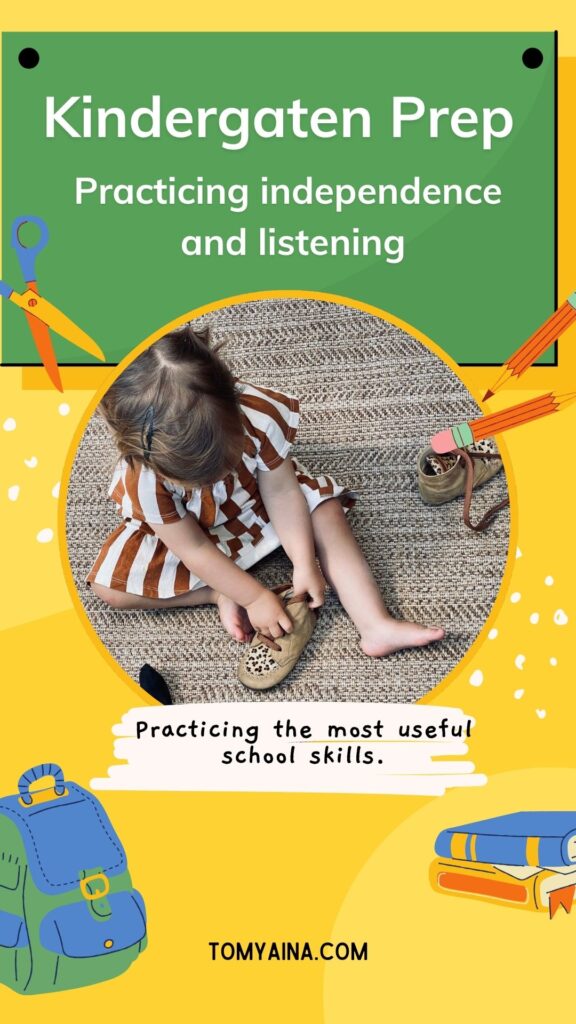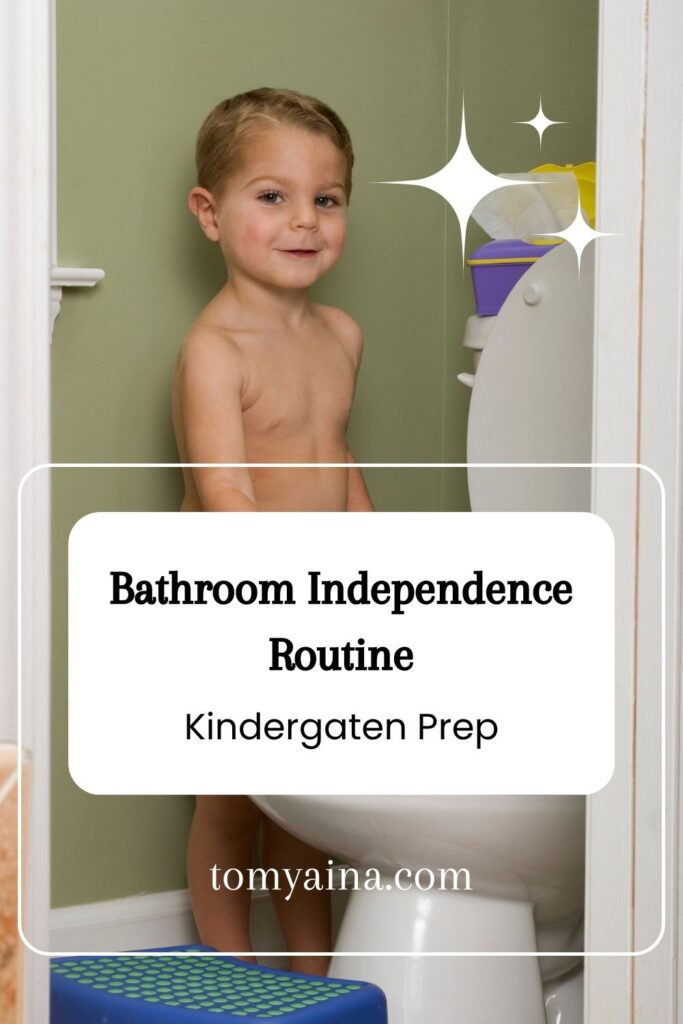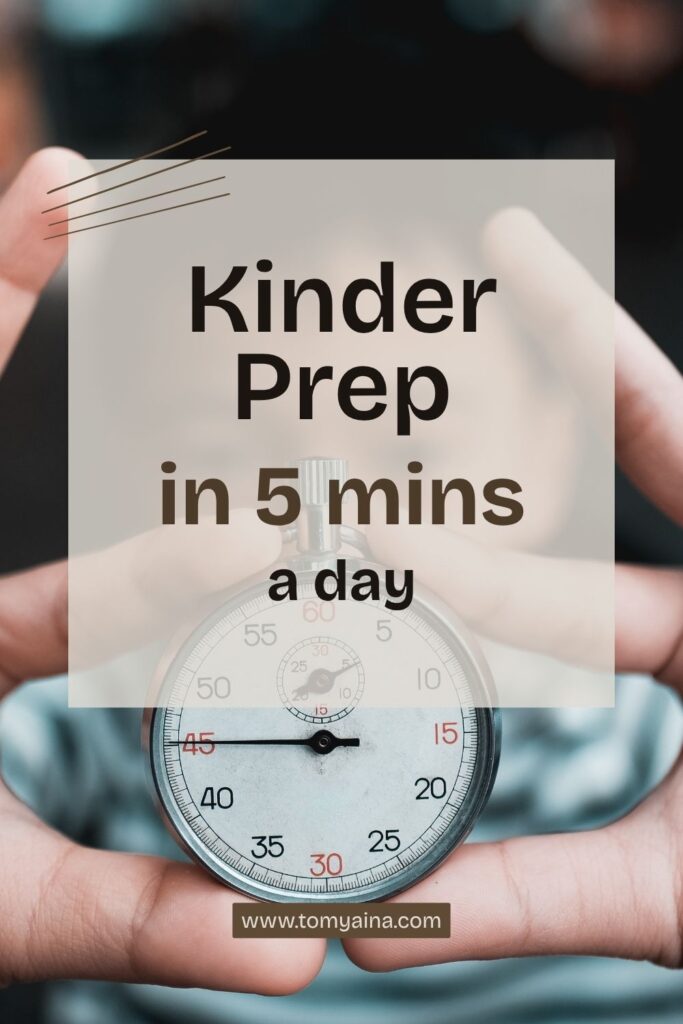If you want an easy way to prepare your young child for school, this two-step routine strengthens the basic concepts, language skills, social skills, auditory comprehension, and two-step directions that every kindergarten teacher looks for.

Even though this post focuses on young children, many of the strategies mirror those used in middle school, high school, special education, and even adult education, because good teaching practices remain useful across all skill levels and stages of higher education.
Whether you follow speech language pathologists, use online resources, prefer printable cards, or enjoy hands-on activities, this guide offers simple, actionable strategies you can repeat at home with confidence.
Step One: Build Everyday Independence
Independence is the foundation of all effective lesson plans. Children gain confidence when they practice:
• spatial concepts such as in, out, up, down, left, right
• temporal concepts such as first, next, last
• fine motor skills
• classroom routines used every day

These are essential for English language arts readiness, classroom use, physical education routines, visual arts activities, and even cultural activities used throughout school years.
Example One: The Backpack Routine
This simple activity strengthens:
• basic concepts
• auditory comprehension
• two-step directions
• spatial concepts
Tell your child:
“Put your bottle in your bag, then zip it.”
This mirrors strategies often used in prep worksheets, detailed lesson plan formats, two-to-three-step direction activities, and early intervention sessions.
Example Two: Shoes On and Shoes Off
This strengthens:
• visual supports
• fine motor skills
• independence
Teachers often use visual arts techniques such as drawing, matching dots, or lines inside shoes to help young students self-correct. This is also an easy way to reinforce spatial concepts.
Example Three Bathroom Independence Practice
Break it into temporal steps:
• First pull down
• Next wipe
• Last wash hands

Speech language pathologists and special education teachers use this same “given direction” format because it supports young students who are building sequencing and auditory comprehension.
For gentle tips on potty training, you can check out the blog post here.
Example Four Snack Practice
Opening snacks builds:
• fine motor strength
• sequencing
• confidence
• readiness for classroom use
Use small groups, such as siblings, to practice just like a kindergarten teacher would during morning work or group intervention home practice.
Step Two: Strengthen Listening and Following Directions
Following directions is one of the strongest predictors of success in English language arts, math, including first-grade math, science, including physical science and general science, social studies, and later test prep. It is also a common speech therapy goal for young children and children with special needs.
Example One: One-Step Directions
Use simple statements like:
• “Touch your head.”
• “Bring your cup.”
• “Pick up your toy.”
These improve children’s attention spans and support early intervention in language skills.
Example Two: Two-Step Directions
This strengthens memory, sequencing, and processing, which are essential for language concepts and critical thinking.
Try:
“Pick up the book and place it on the couch.”
Example Three: Story Questions
Use short stories and ask:
• “Who was in the story?”
• “What happened next”
This supports:
• close reading
• relative clauses
• English Language Arts Foundations
• short story comprehension, which becomes very important by second grade
You can also use the worksheet I found on Etsy. Please download here.
For simple tips on teaching your little one to read, check out the blog post here.
Example Four: Freeze Dance
Freeze Dance helps with:
• impulse control
• direction following
• social skills
• listening and stopping on cue
• physical education movement patterns
• classroom routines
This activity is used everywhere from kindergarten classrooms to physical therapy warmups, graphic arts rhythm exercises, and even vocal music sessions.
A Simple Five-Minute Detailed Lesson Plan for This Week
You can follow this tiny routine with young children, young students, mixed language groups, or small groups:

• One minute: Two-step directions
• Two minutes: Read a short story and ask sample questions
• Two minutes: Practice one independence skill, such as putting on shoes, backpack, or snack
This gives your child an optimal experience while keeping learning enjoyable and straightforward.

Leave a Reply